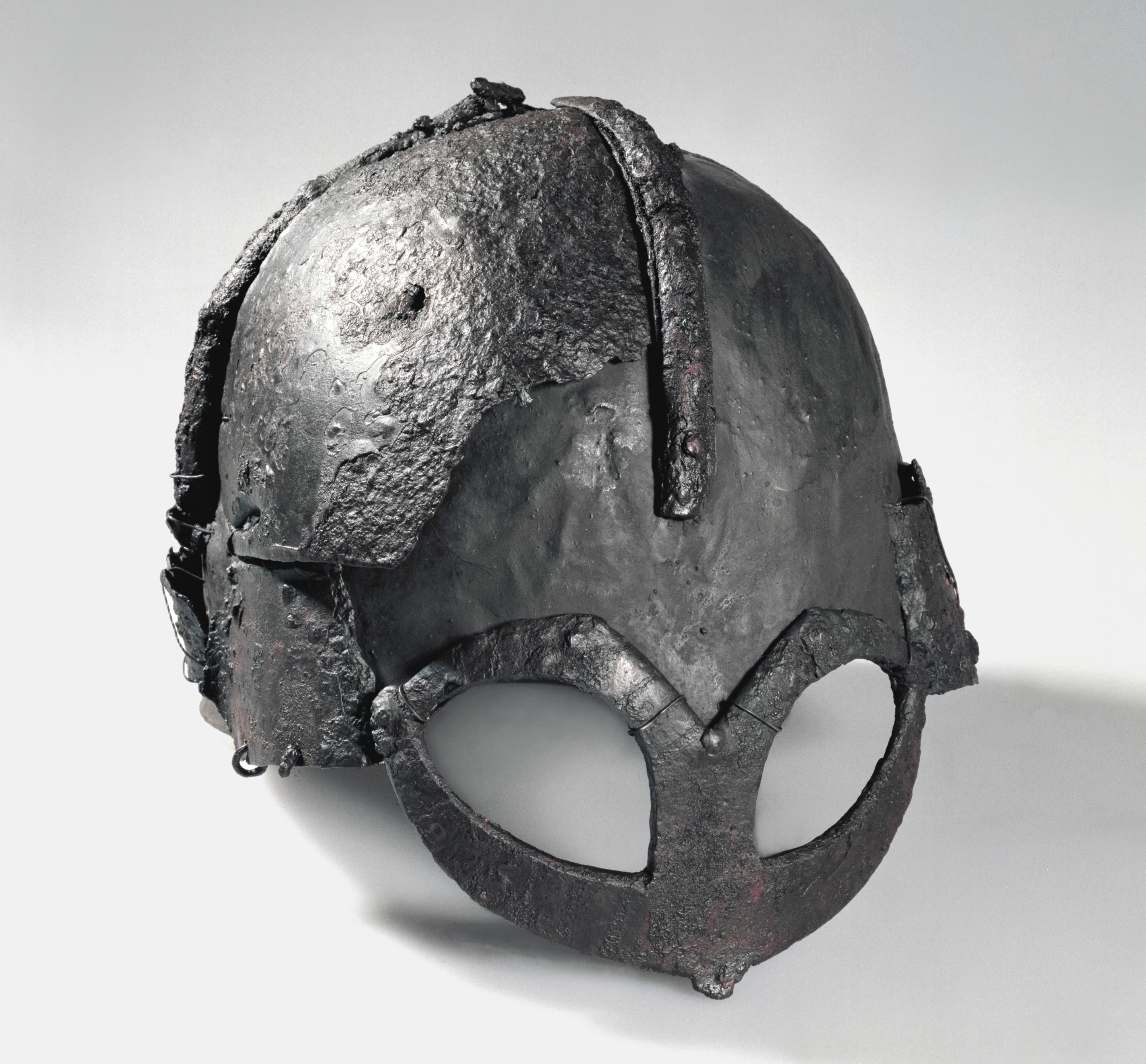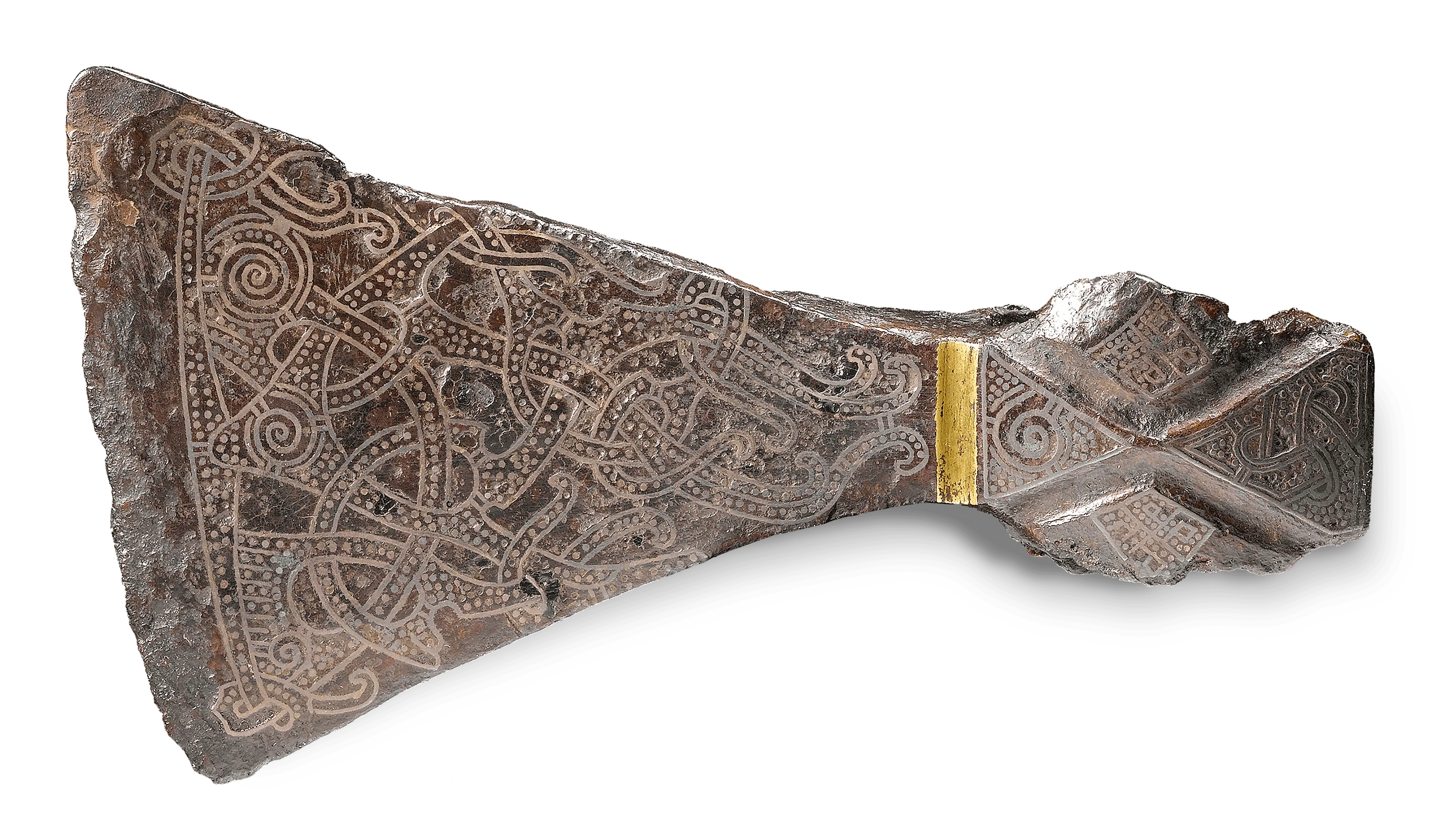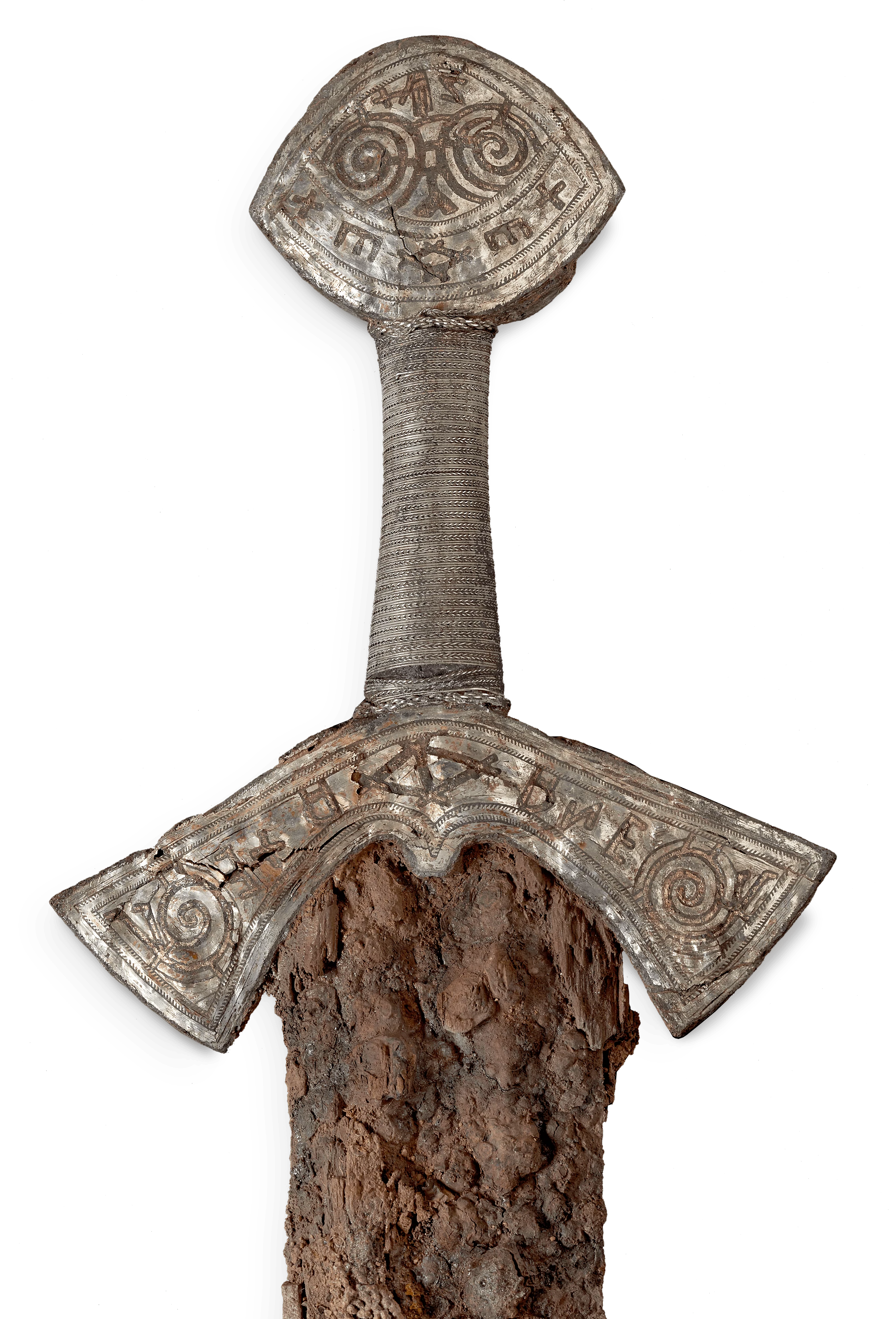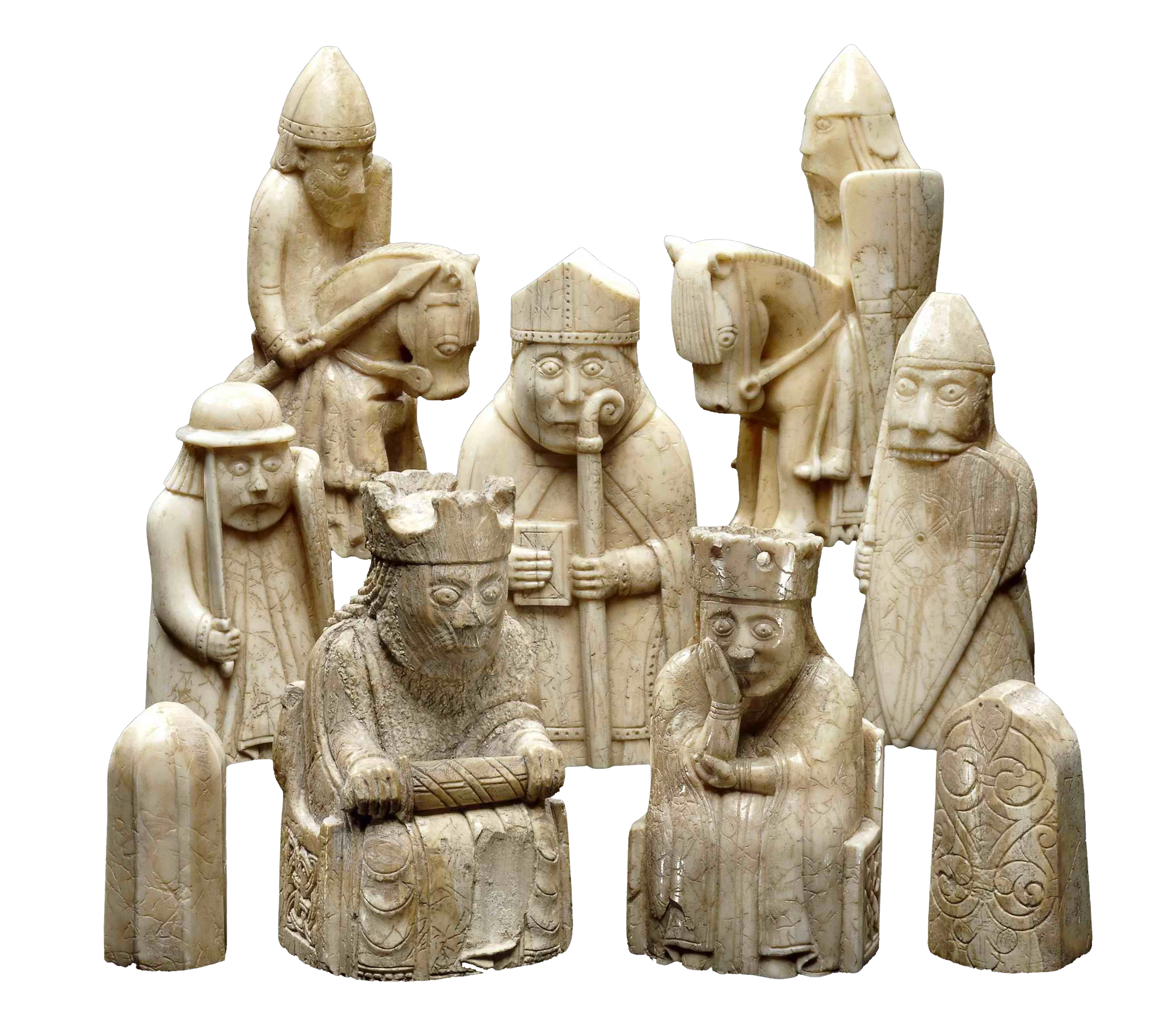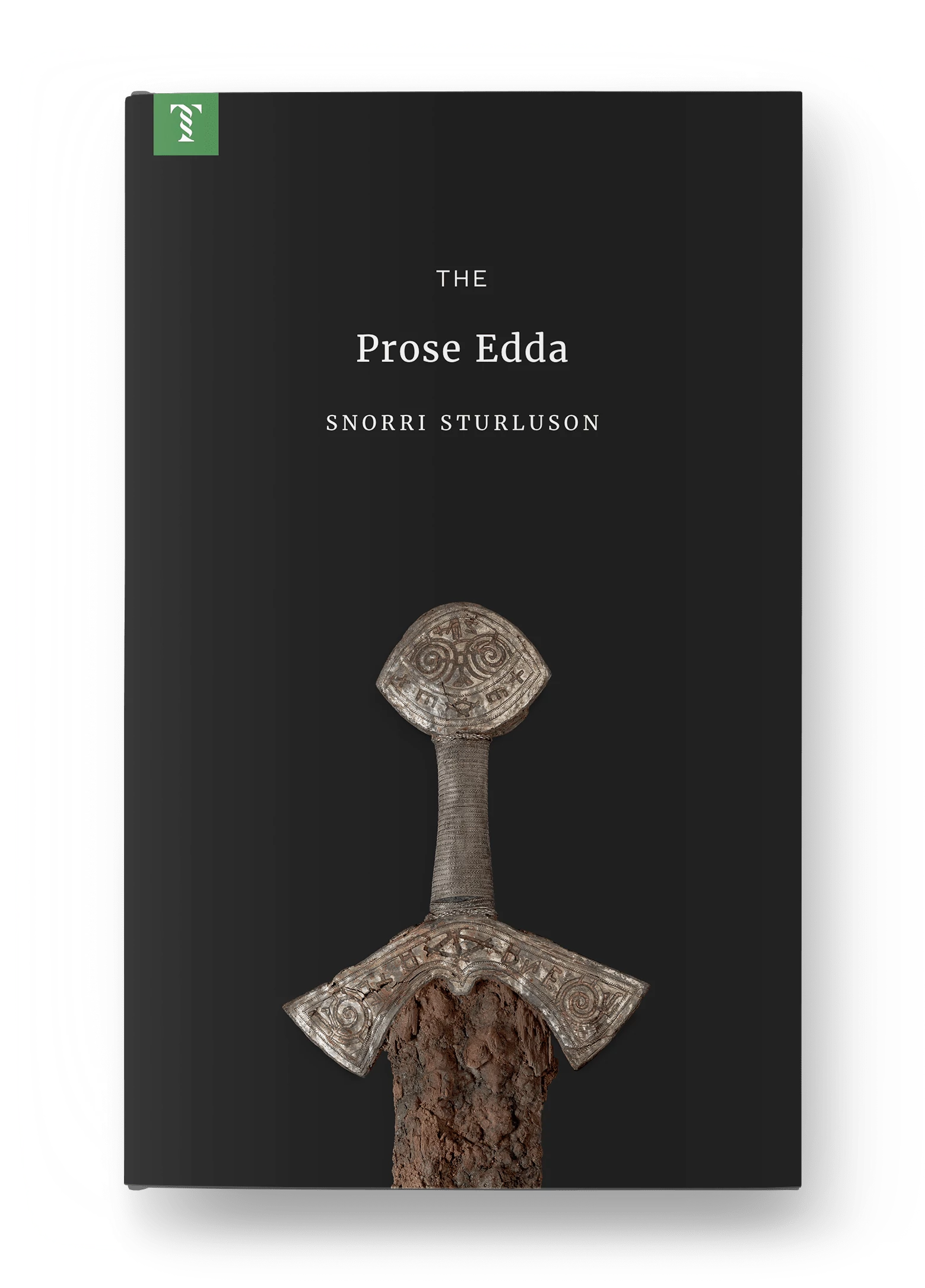Viking Age
Wolves among sheep


“On 8 June 793, the ravages of the heathen men miserably destroyed God’s church on Lindisfarne with plunder and slaughter.” — Anglo-Saxon Chronicle
This was England’s introduction to the Scandinavian raiders who called themselves Norsemen, or ‘people of the north’. Beginning with the attack of Lindisfarne, for 350 years England and Europe lived in fear of the seafarers who appeared from the morning mists in dragon-headed longships bringing fire and steel. We now call them Vikings, but these raiders were not from one people group. Hailing from Denmark, Norway, Sweden, Finland and Estonia, the Norsemen were led by many independent Jarls, powerful clan patriarchs who led Karls, the landowner class, and owned thralls, indentured servants and slaves.
We don’t know what drove the Norse Jarls to begin their bloody campaigns of raiding and pillaging. Lack of resources during the long Scandinavian winters, trading envoys turned pirate, or maybe just plunder and glory. For a clue, we can look to the word ‘viking’, which was used as a verb meaning “to travel for adventure”. Even the myths and Norse sagas spin tales of adventure, profit, and winning favor in the eyes of the Gods both for battles won and for valiant deaths.
Unlike the early medieval cultures, with their monasteries full of gilded crucifixes and romanesque statues, the vikings had no interest in art for art’s sake, or even art for religion’s sake. The vikings were eminently practical, as you’d expect from a society so heavily based at sea. But that’s not to say they weren’t aesthetically motivated. Viking artifacts betray their profound love for useful tools. Viking scholar William Short describes Norse art as “characterized by extraordinary ornamentation of everyday objects. Even the humblest objects are elaborately and unrestrainedly decorated.” And the Viking’s decorative style evolved a lot, with five distinct forms appearing from the 9th to the 12th century:
Named after a longship discovered in a burial mound at Oseberg farm, the Oseberg style is defined by animal forms twisted into sinuous loops, with paws and teeth gripping other animals or the edges of the design.
From the late 9th to early 10th century the Borre style, named after a cemetery mound near the village of Borre in Norway, saw animal forms tighten into dense, geometric knots.
The Mammen style stretches animal forms into thin tendrils, often pockmarked with ‘pellets’ along their length. Floral patterns appear. The Mammen axe head, discovered in a burial mound near Mammen Denmark, is the style’s archetypal object.
The Ringerike style appeared in the late 10th century and brought a wealth of new ideas to the Norse design language, including pretzel-shaped nooses, cross-knots, and strangely, lion figures.
The last phase of Scandinavian animal art is called the Urnes style, after the carved gate of the Urnes stave church in Norway. Urnes style stretched the animal forms to the point of pure abstraction, their looping bodies are almost calligraphic.
By the 11th century, Viking society was changing. The raiders had brought home European slaves, who began converting the locals from the violent Norse gods to the more sedentary Christian church. The Jarls rallied behind the kings of newly-formed countries Denmark, Norway, and Sweden. Stability and wealth took the incentive out of raiding. One of the final acts of viking took place in 1066, when the Norwegian king Harald Hardrada sailed to England to unseat the English king Harold Godwinson and take the crown for himself. But Hardrada forgot the most important rule of viking, take what you want, then get the hell out of there. After a few initial victories, Hardrada was defeated and killed in the Battle of Stamford Bridge, a last act of violent ambition that closed the book on the Viking age.
...
Got questions, comments or corrections about Viking Age? Join the conversation in our Discord, and if you enjoy content like this, consider becoming a member for exclusive essays, downloadables, and discounts in the Obelisk Store.



